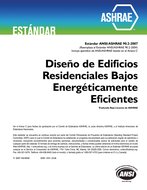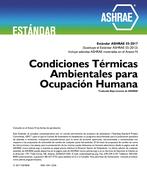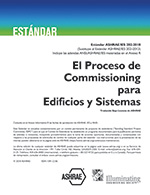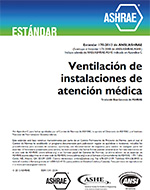Description
The increased pressure to conserve our natural resources continues to require that all heat exchangers be optimized. Numerical techniques have been devised to optimize the exchangers with respect to many parameters which influence their behavior. In optimization programs for condensing flow heat exchangers, a knowledge of the local heat and mass transfer coefficient and the local friction factor are usually required. Unfortunately, the amount of heat transfer, mass transfer and friction factor data published in the open literature for a given configuration is very limited and the data available for condensing of water on the air side for a specific heat exchanger are almost nonexistant. The data available in the open literature are mostly for a unique heat exchanger geometry. Because fully developed velocity, temperature, and concentration profiles do not normally exist in most heat exchangers, it is risky to take data from one heat exchanger and apply it to a different heat exchanger configuration. McQuiston and Treel had fair success in correlating the data from several dry-core heat exchangers and have used this correlation successfully to design other dry-core heat exchangers, but to use these correlations for heat exchangers where water condenses on the surface (wet-cores) can lead to very poorly designed heat exchangers.
The purpose of the present work is to investigate the influence of the condensing water on the friction factor, heat transfer coefficient and the mass transfer coefficient during condensing flow in a heat exchanger. In this investigation a very simple heat exchanger configuration was examined, i. e., a parallel-.plate heat exchanger involving only two plates. This paper presents the experimental results of this work. Experimental measurements were made to determine both average and local values of the friction factor and the heat transfer coefficient. Both are presented in this paper. Due to several conditions, but mainly to the size of the measuring probes (discussed later), the local data have a large scatter and the uncertainty may be larger than the average data. Since the uncertainty calculations are based on the worst possible case, the error in the actual data should be less than this. Nevertheless, because of lack of this type data in the open literature, they are presented.
Citation: ASHRAE Transactions, Volume 82, Part 1, Dallas, TX
Product Details
- Published:
- 1976
- Number of Pages:
- 11
- File Size:
- 1 file , 750 KB
- Product Code(s):
- D-DA-2402




